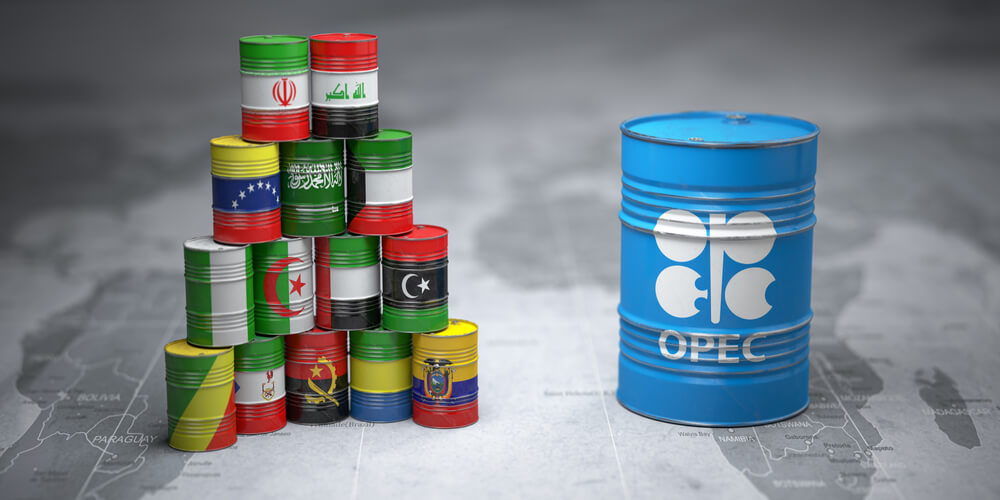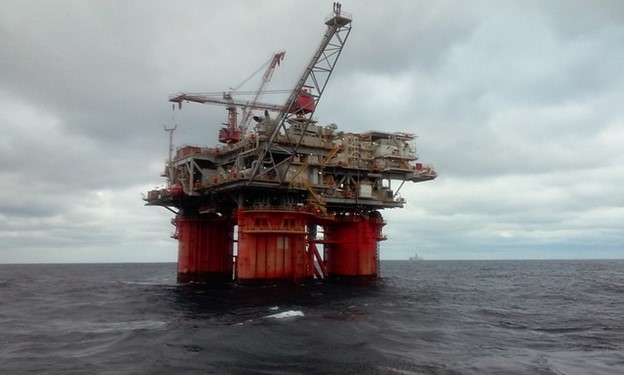Oil rose to its highest level nearly three years after OPEC and its oil-producing allies postponed talks indefinitely. This comes following the disagreement of the group on production policy for August and beyond. On Tuesday, West Texas Intermediate crude futures in the United States rose 2.06 percent, or $1.55 per barrel, to $76.71 per barrel. This is its highest level since October 2018. Brent crude rose 0.39 %, or 30 cents, to $77.46 per barrel, reaching multi-year highs.
OPEC+ output policy
Last week, discussions between OPEC and its allies, known as OPEC+, began as the energy alliance sought to establish output policy for the rest of the year.
On Friday, the group voted to return 400,000 barrels per day to the market each month from August to December. They were totaling an additional 2 million barrels per day by the end of the year. Members also proposed extending the output cuts until the end of 2022.
However, the United Arab Emirates rejected these proposals, and negotiations lasted from Thursday to Friday as the group attempted to reach an agreement. Initially, discussions have scheduled to resume on Monday, but they have postponed.
The next meeting date will determine in due course, OPEC Secretary-General Mohammad Barkindo said in a statement.
In April 2020, OPEC+ took historical measures, removing nearly 10 million barrels per day of production to support prices as demand for petroleum products plummeted. Since then, the group has gradually reintroduced barrels into the market while meeting nearly monthly to discuss output policy.
Oil’s blistering rally this year
Oil’s blistering rally this year — WTI has gained 57 percent in 2021 — meaning that many Wall Street analysts expected the group to increase production ahead of last week’s meeting to cool the price spike.
It wasn’t a good deal for us, Suhail Al Mazrouei, UAE Minister of Energy and Infrastructure, told CNBC on Sunday. He went on to say that while the country would support a short-term increase in supply, it would prefer better terms if the policy extended until 2022.
With no increase in production, the upcoming increase in demand should cause global energy markets to tighten even faster than expected. This impasse will result in a temporary and significantly larger-than-anticipated deficit, fueling even higher prices for the time being. The summer breakout in oil prices hopes to pick up speed.
US crude futures rose 2% to $76.66 per barrel in the afternoon of Asian trading hours on Tuesday. Brent crude futures rose 0.38 % to $77.45 per barrel, the international benchmark.















